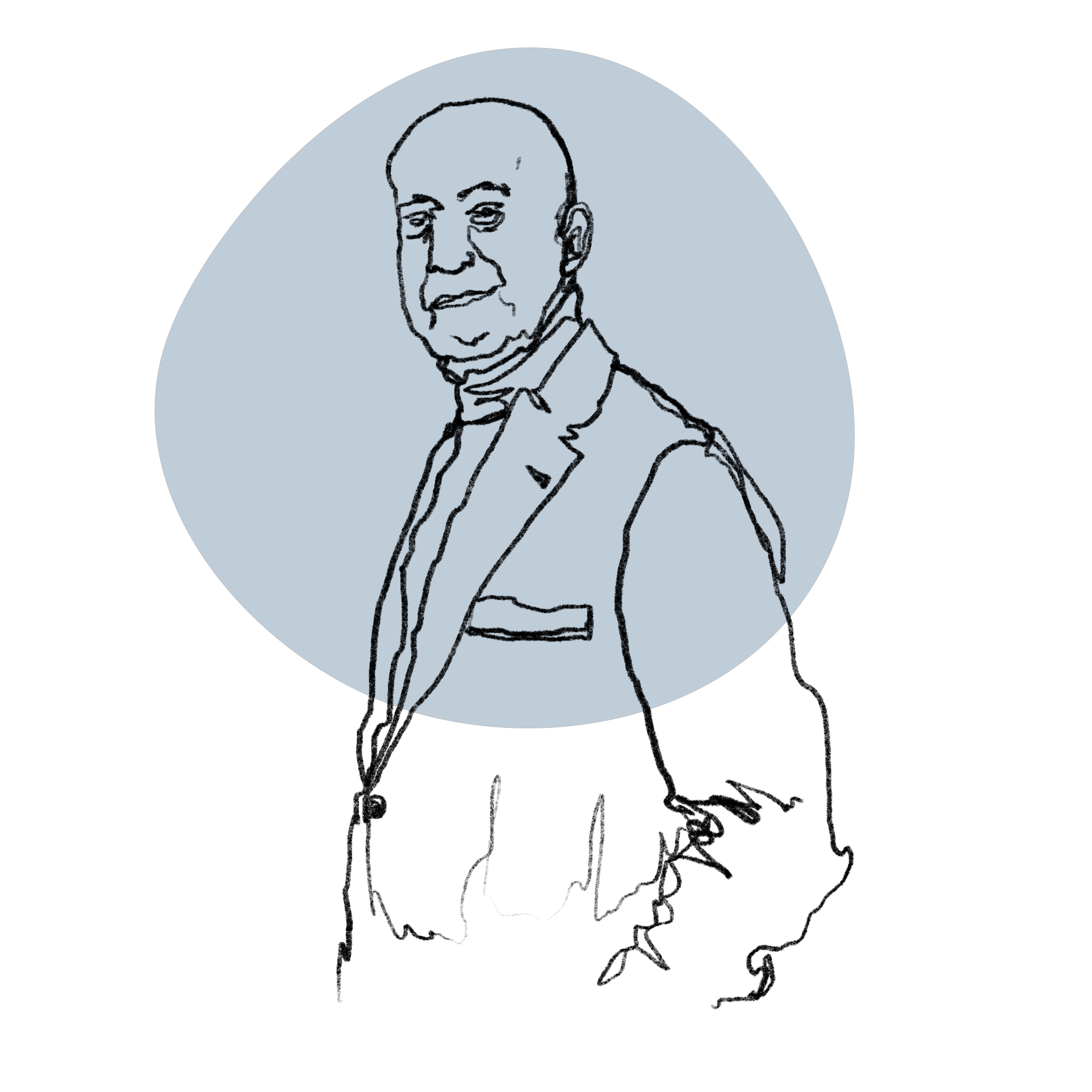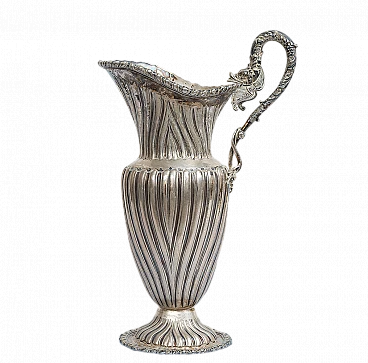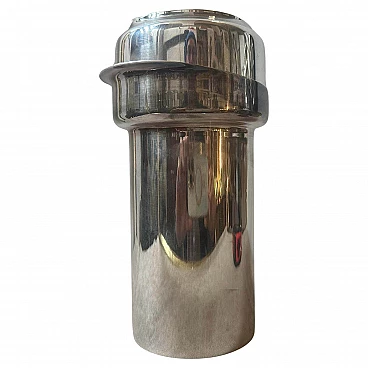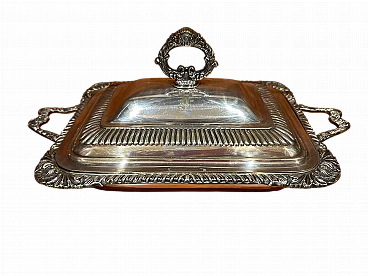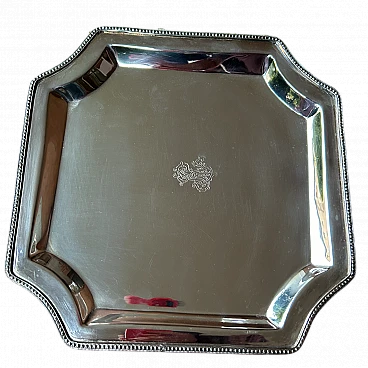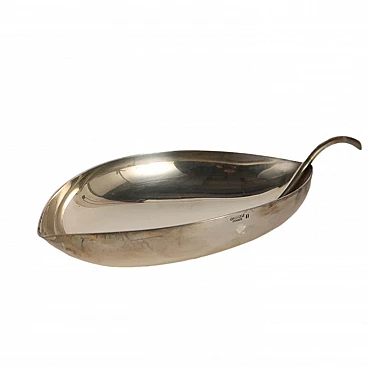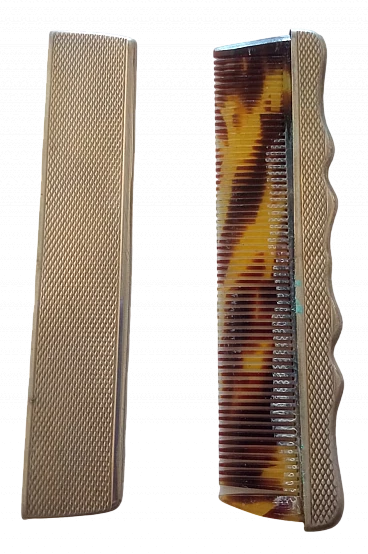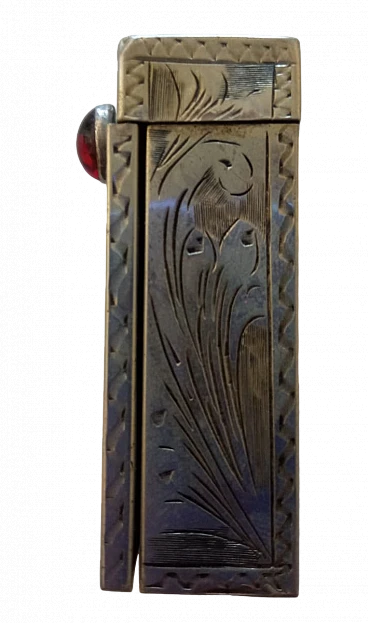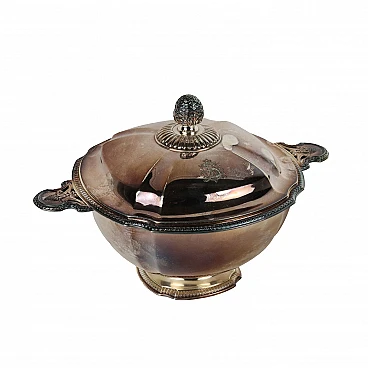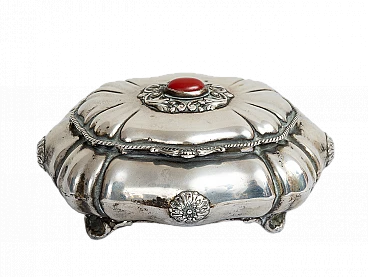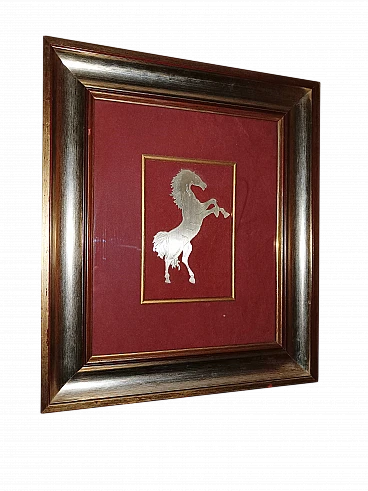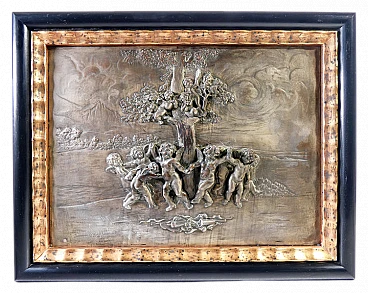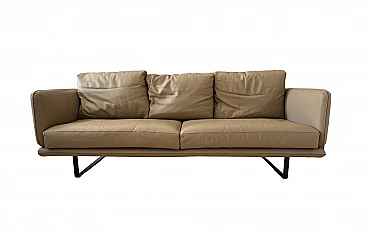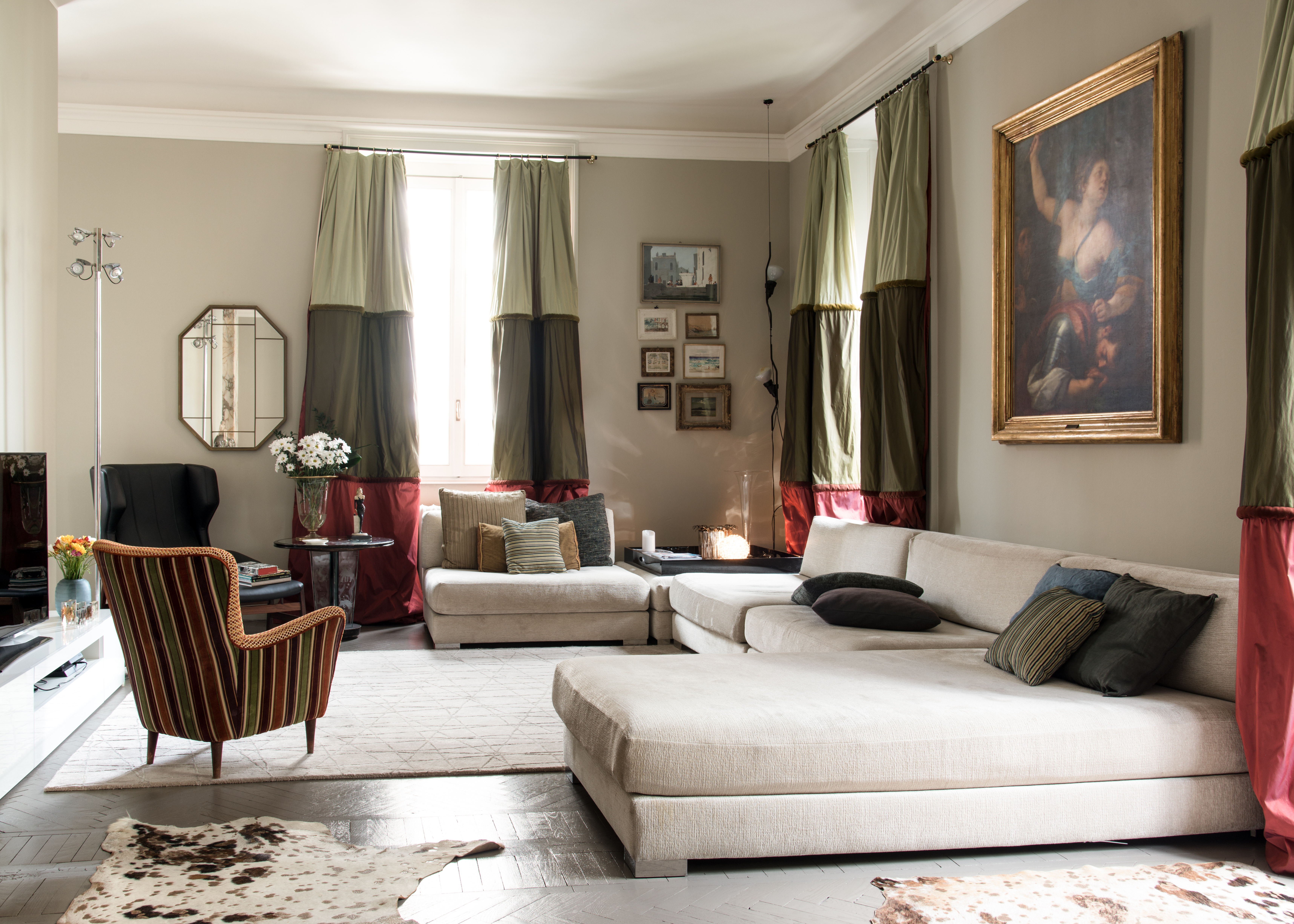Pewter centrepiece with shell pattern from Kayserzinn, current Jugendstil Germany, late 19th century. The largest pewter factory in the Rhineland in the 19th century had its origins in a small family business; in 1813 Johann Peter Kayser was born in Cologne and, after learning the trade of turner, opened a small foundry in Krefeld in 1851. In 1864, Johann Peter Kayser's eldest son Engelbert Kayser founded the workshop 'Kunstgewerbliches Magazin für Gebrauchs- und Luxuswaren', which offered an overview of contemporary German and European handicrafts. His brother Jean Kayser, on the other hand, who had already been at the helm of his father's factory since 1874, had the 'Leuconide - und Metallwarenfabrik J. P. Kayser Sohn' built in Krefeld-Bockum in 1885. Of the phase between 1870 and 1890 we do not know much, but it is important to mention the then existing division between the production of simple consumer goods and the manufacture of luxury goods. In 1890 Engelbert Kayser decided to take the helm of the factory in order to unify and coordinate the activity and finally put an end to the distinction between the two productions. Product made of a special alloy similar to pewter but made particularly shiny by the presence of antimony and probably also a small percentage of silver. Perfect condition. Assess through the enclosed photos. 38.5 x 22.5 x H 13 cm.

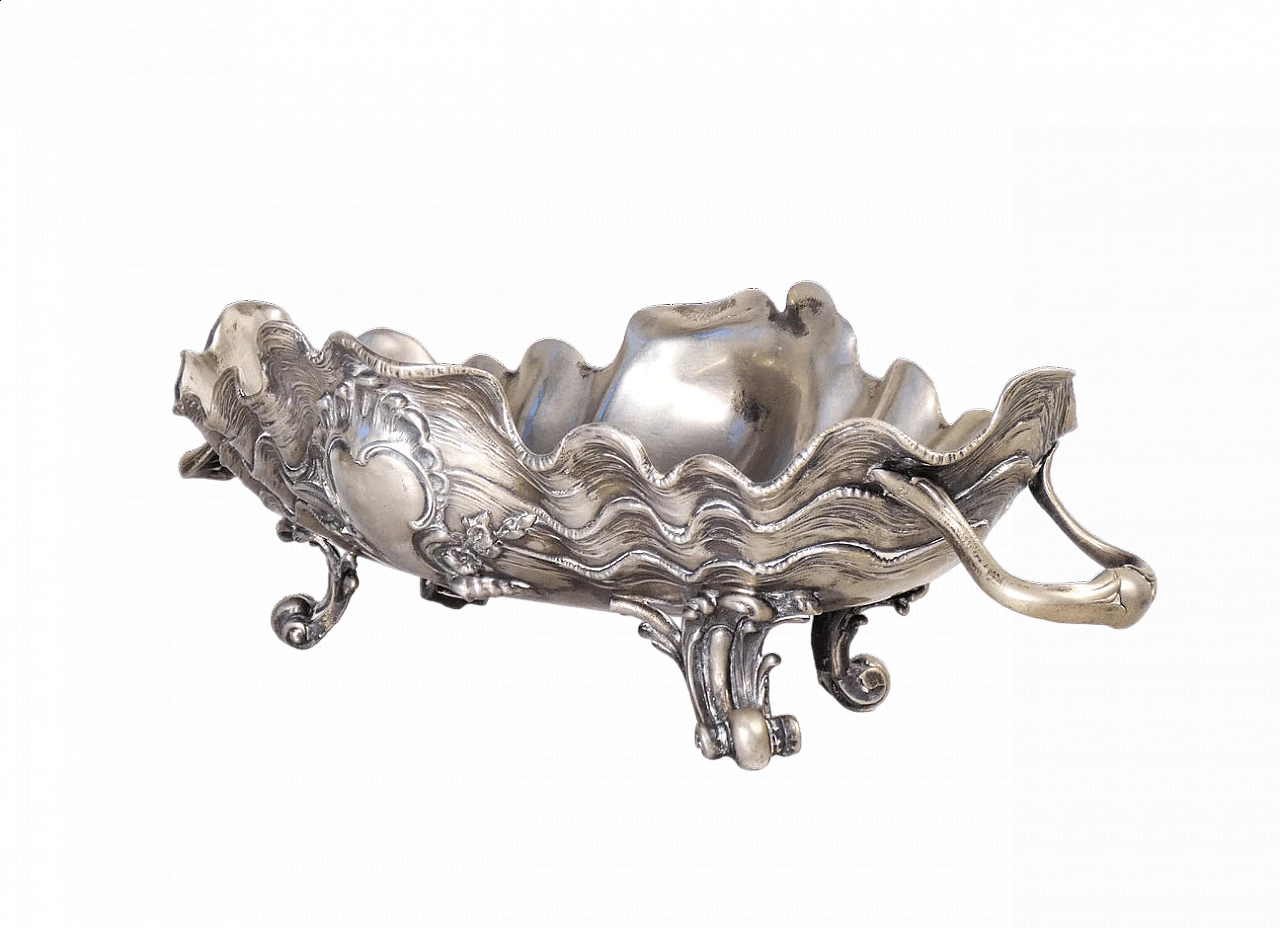
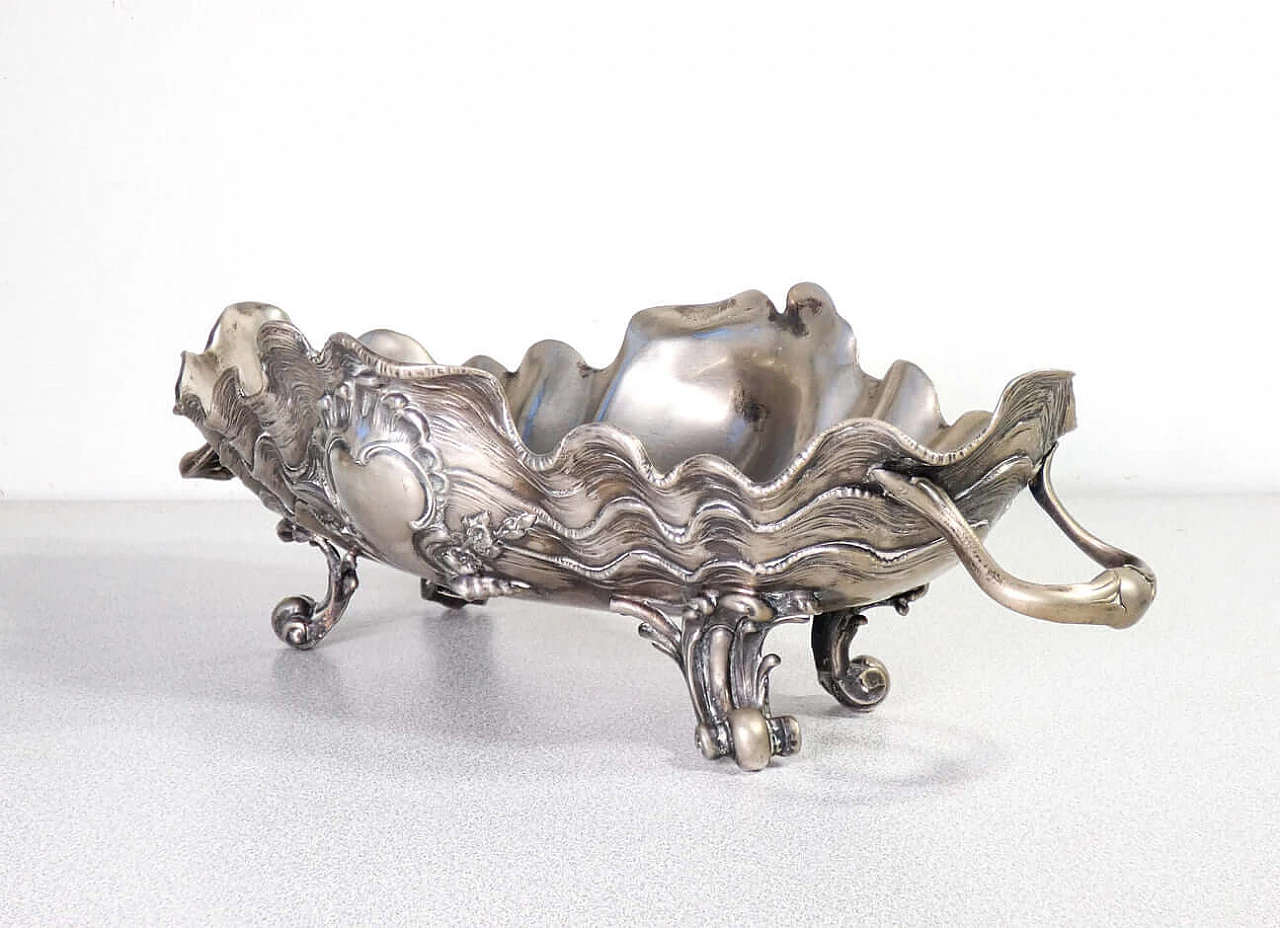
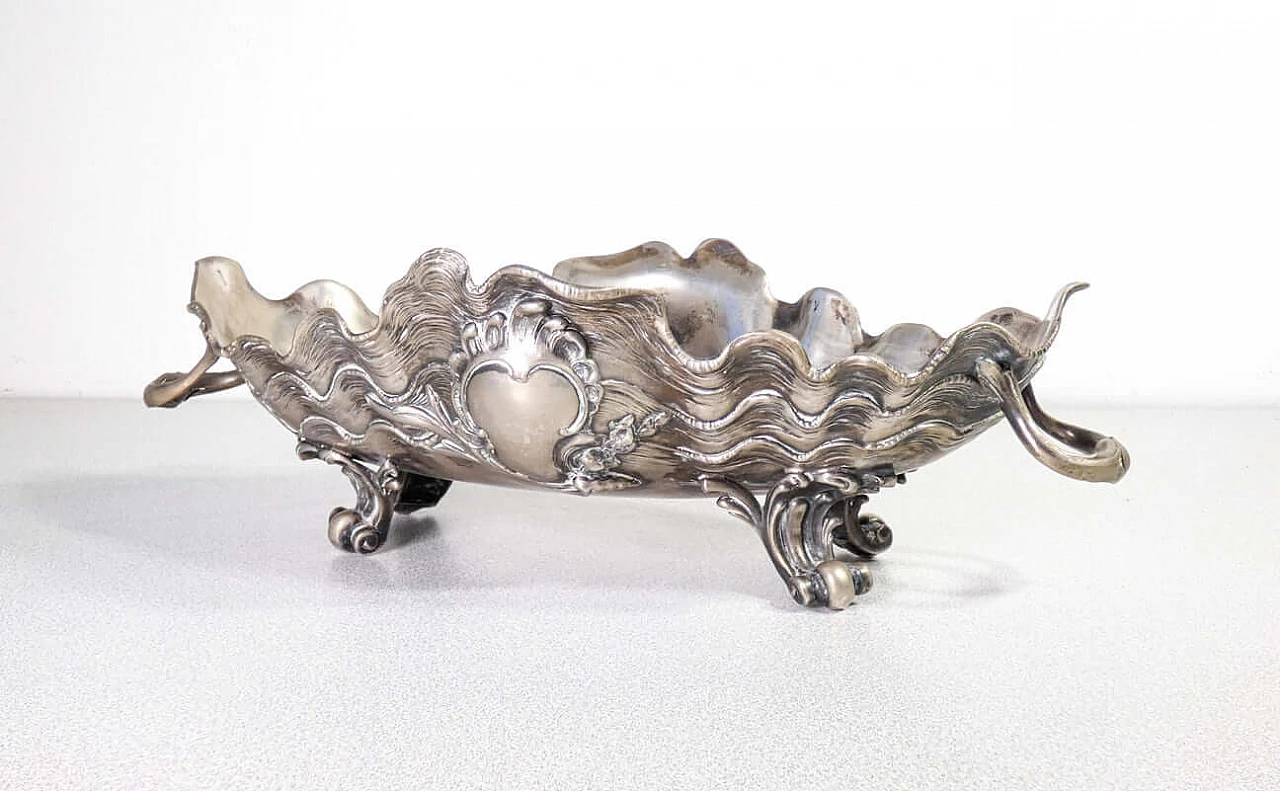
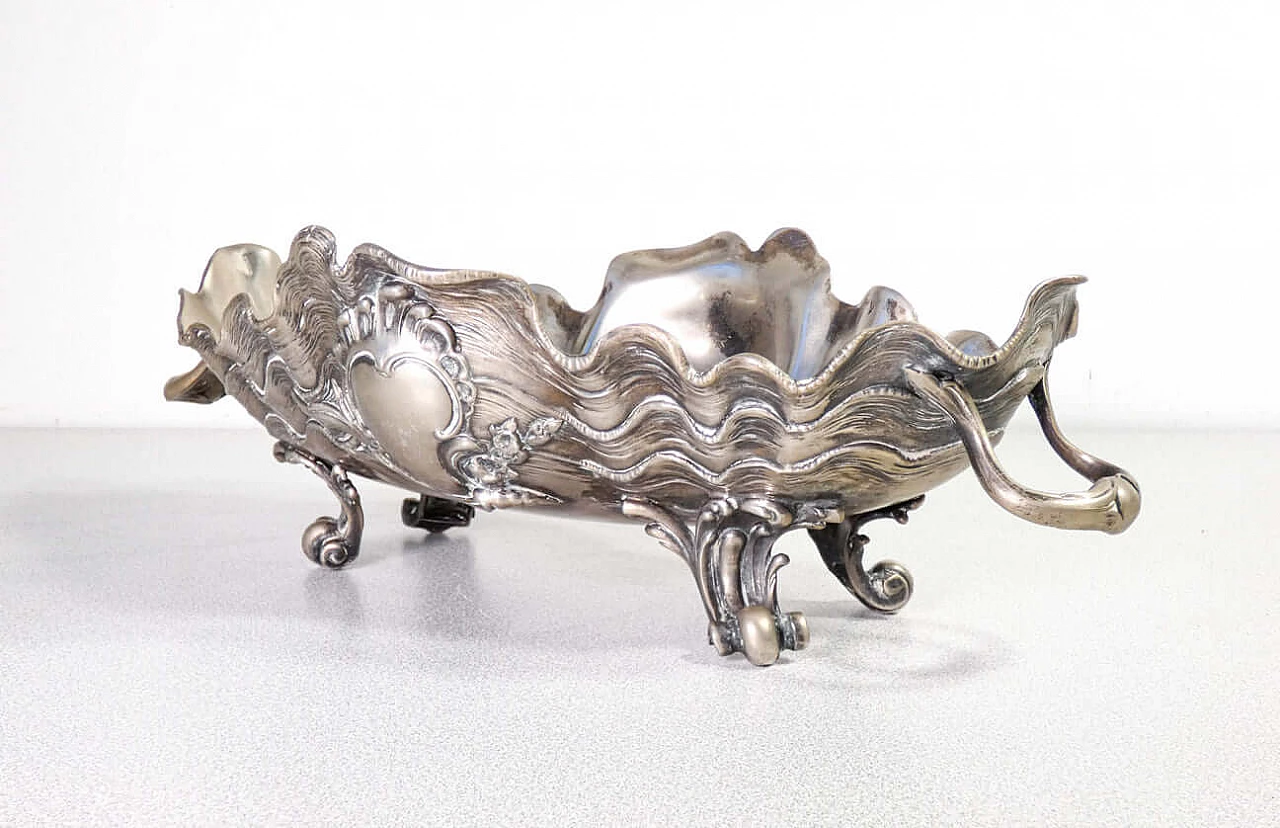
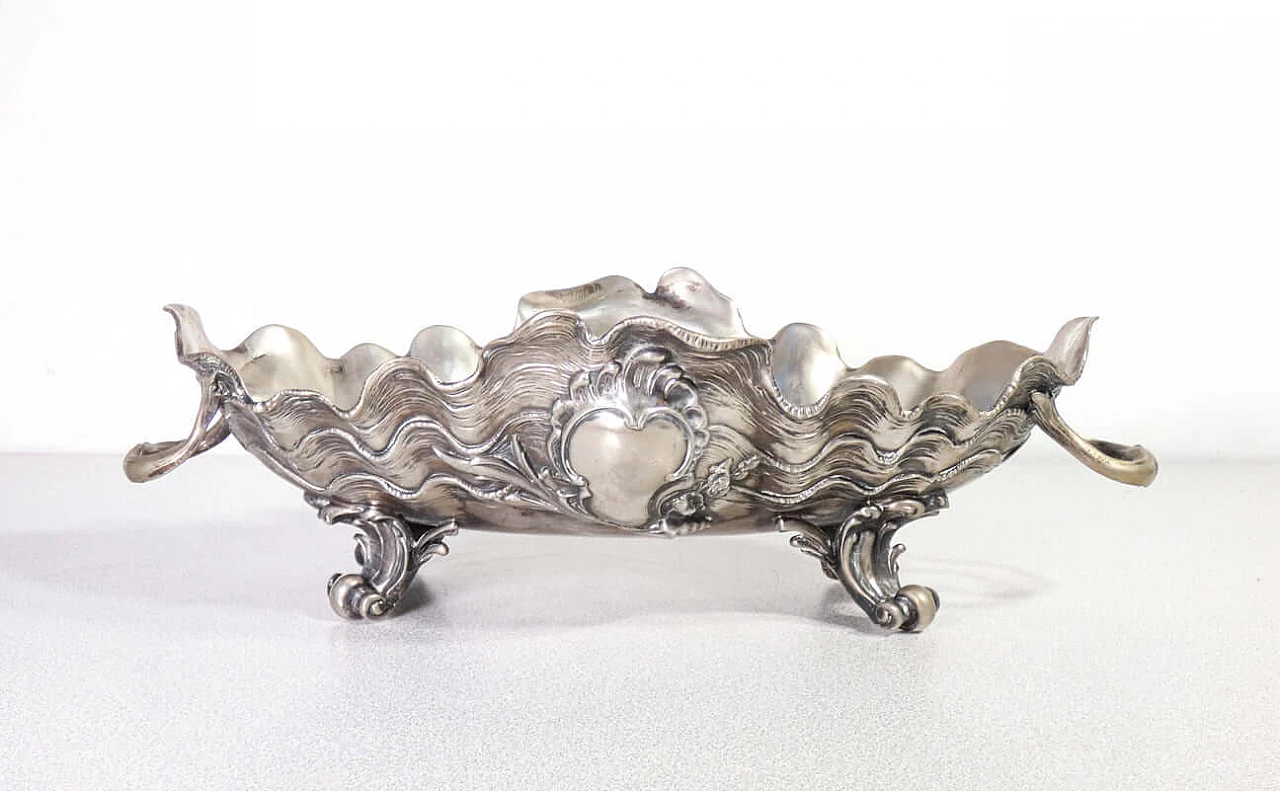
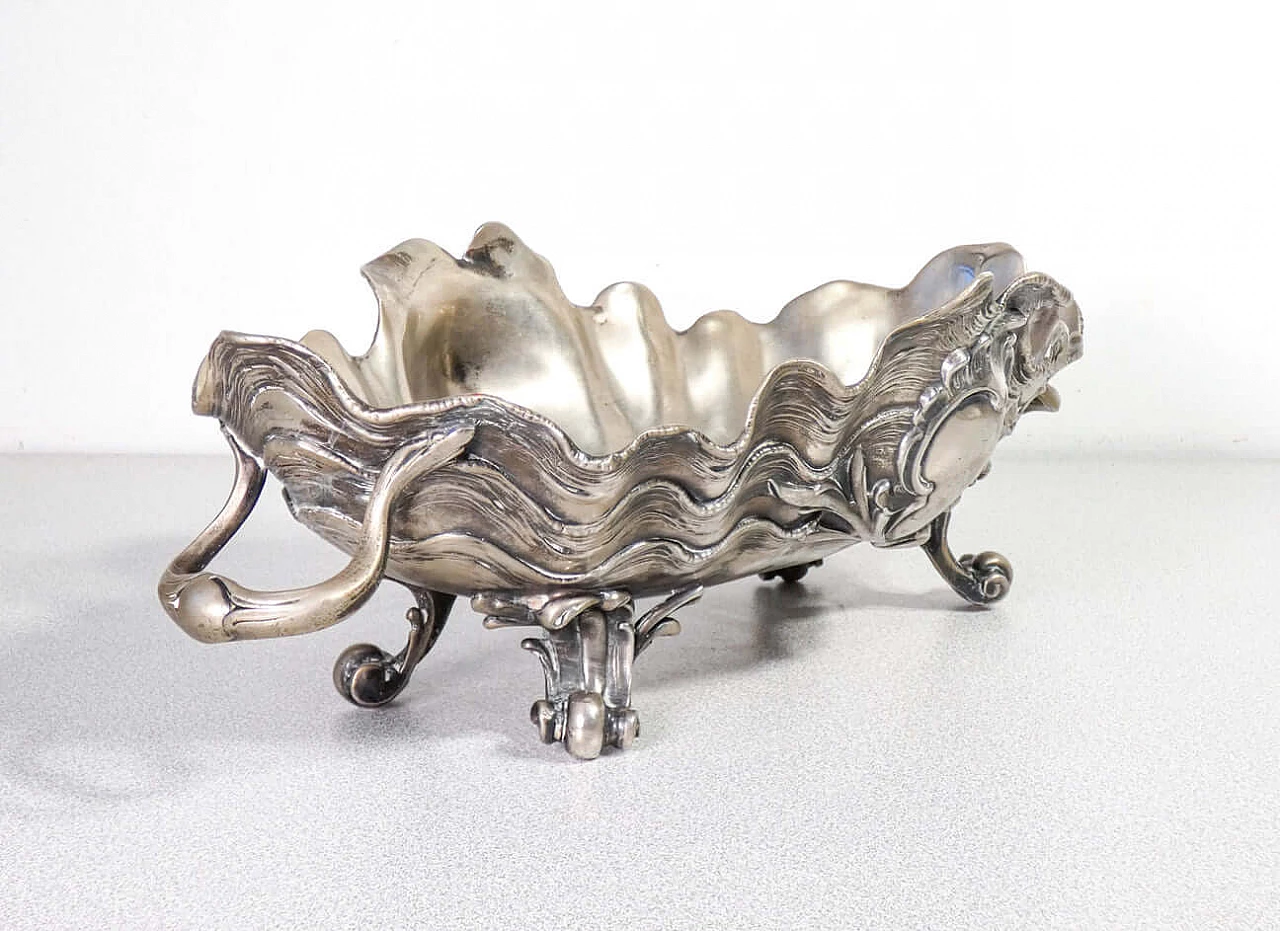
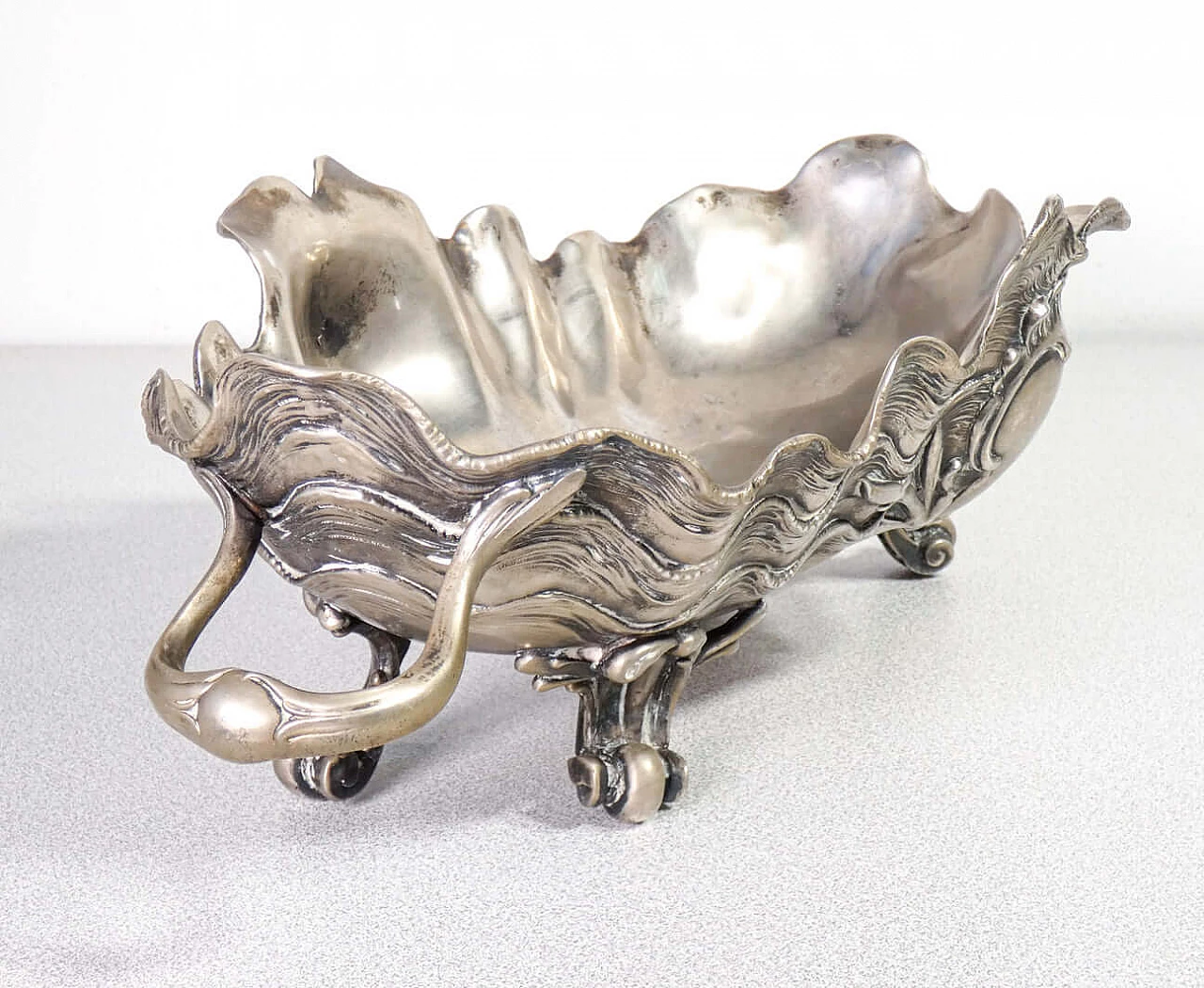
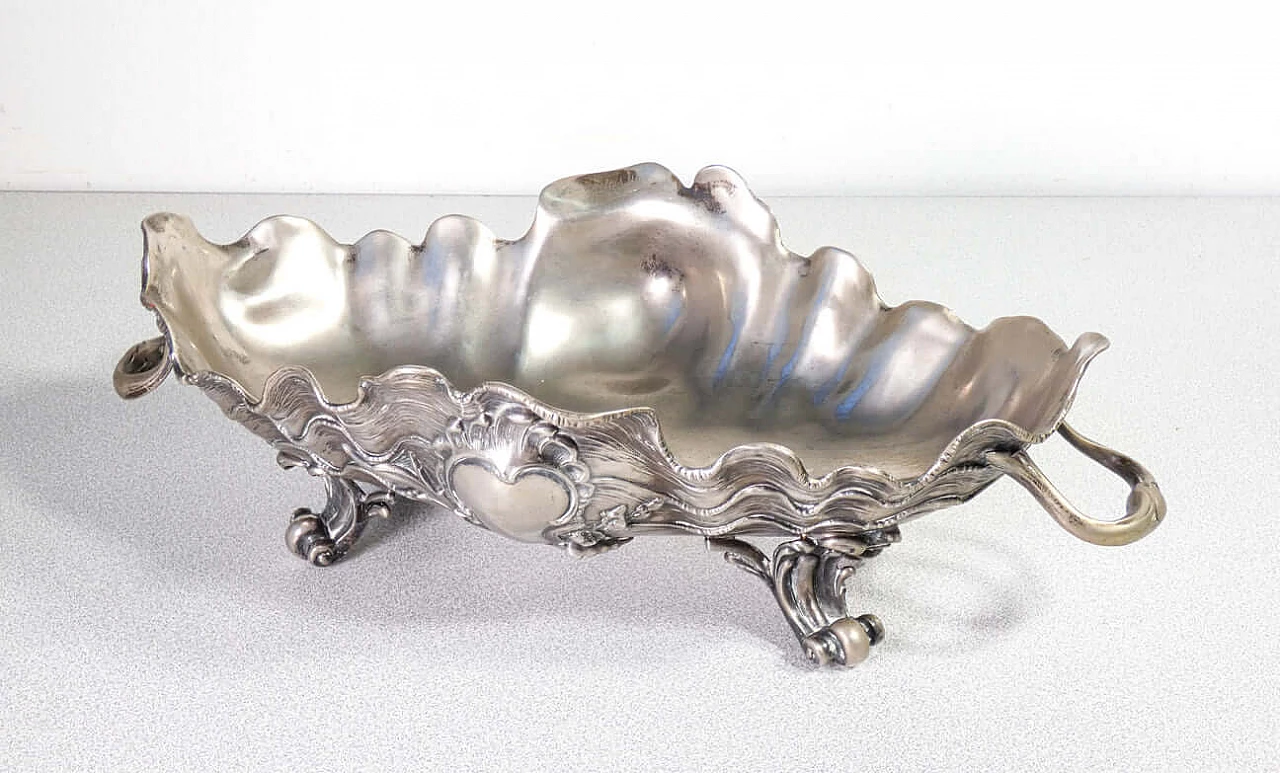
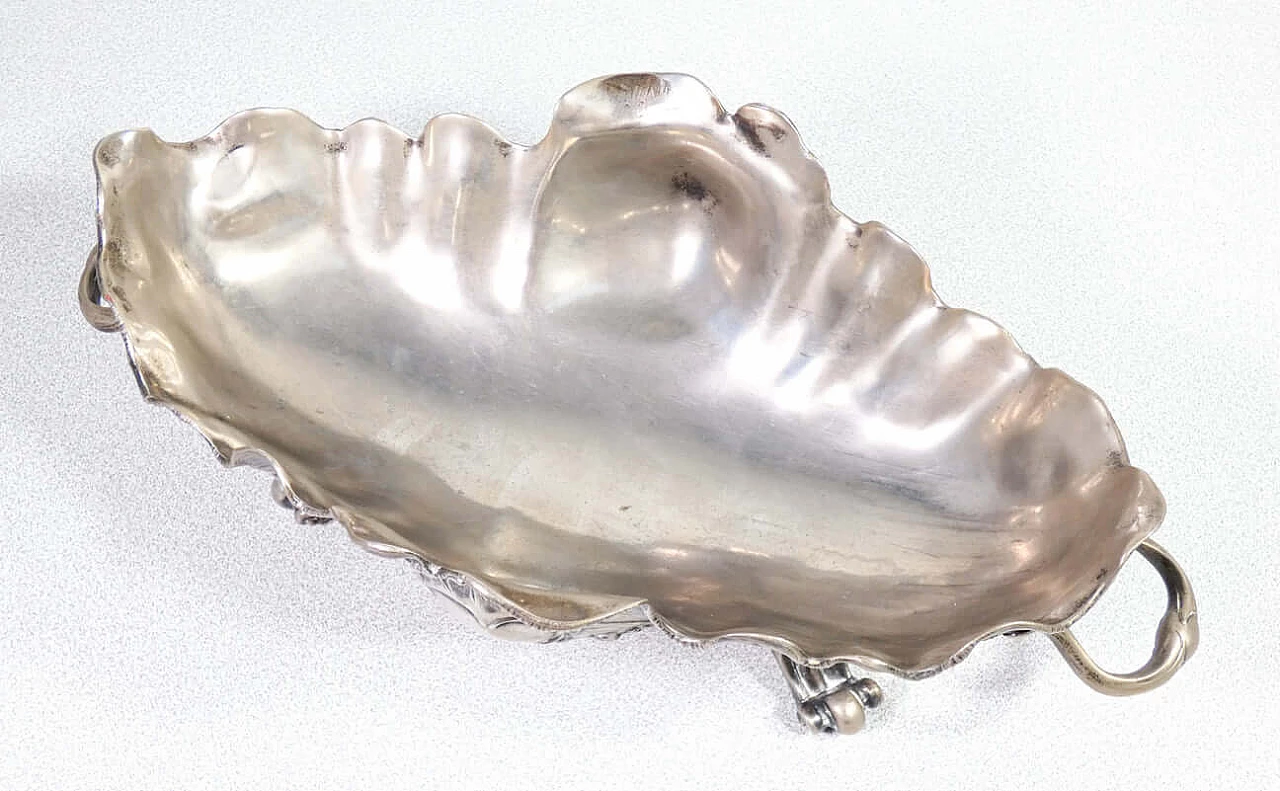
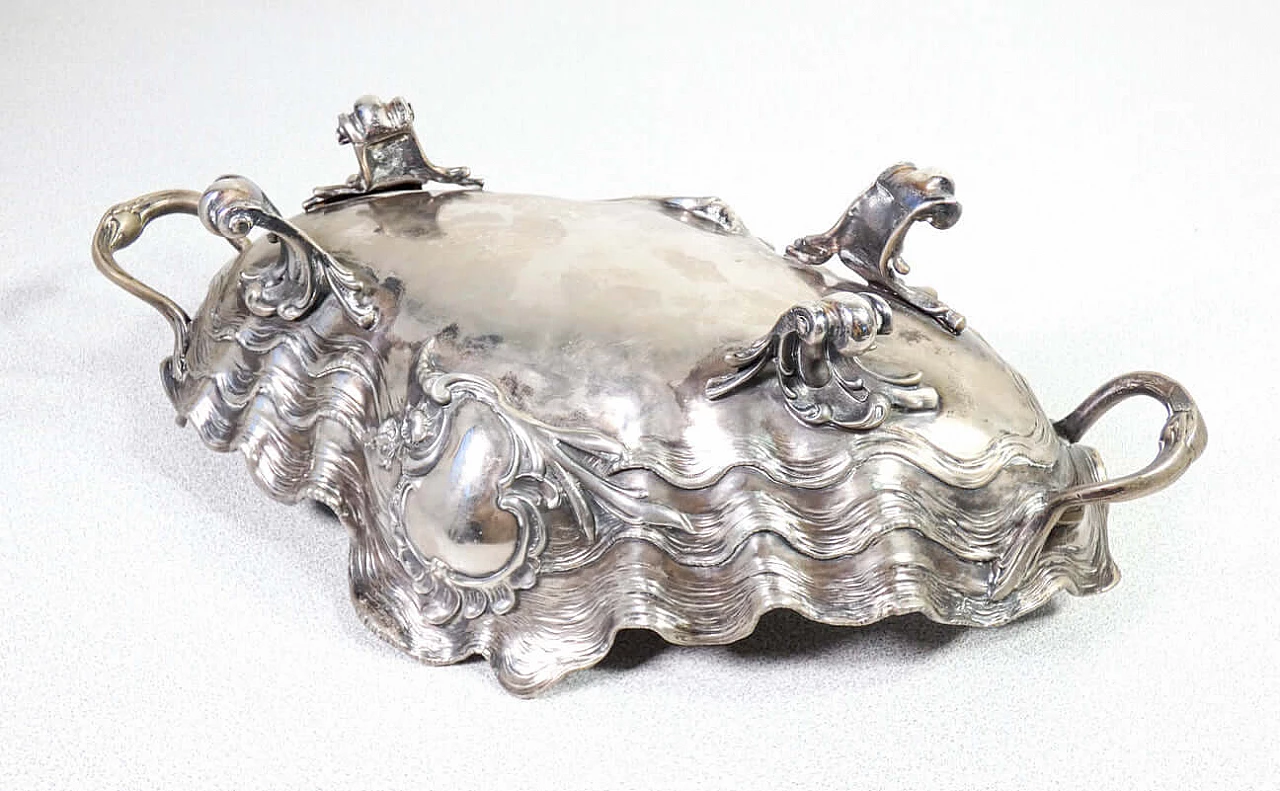
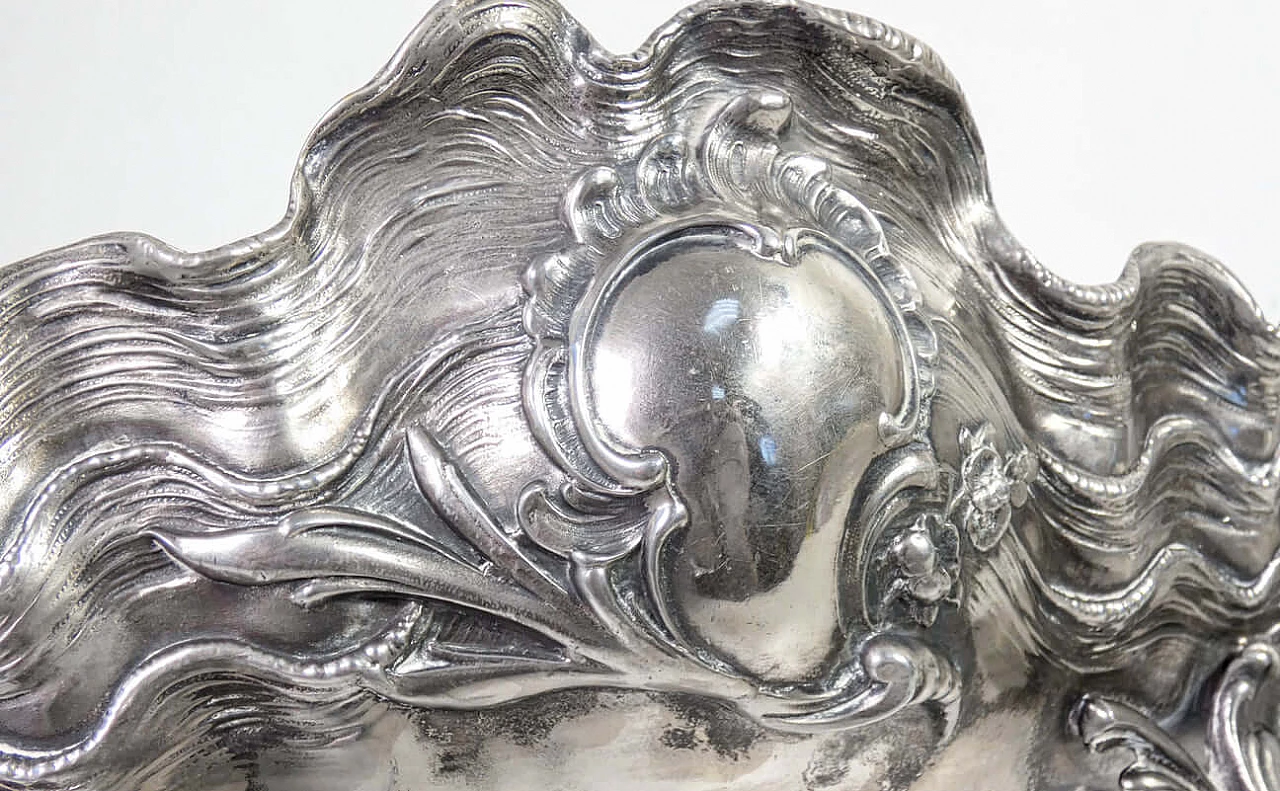
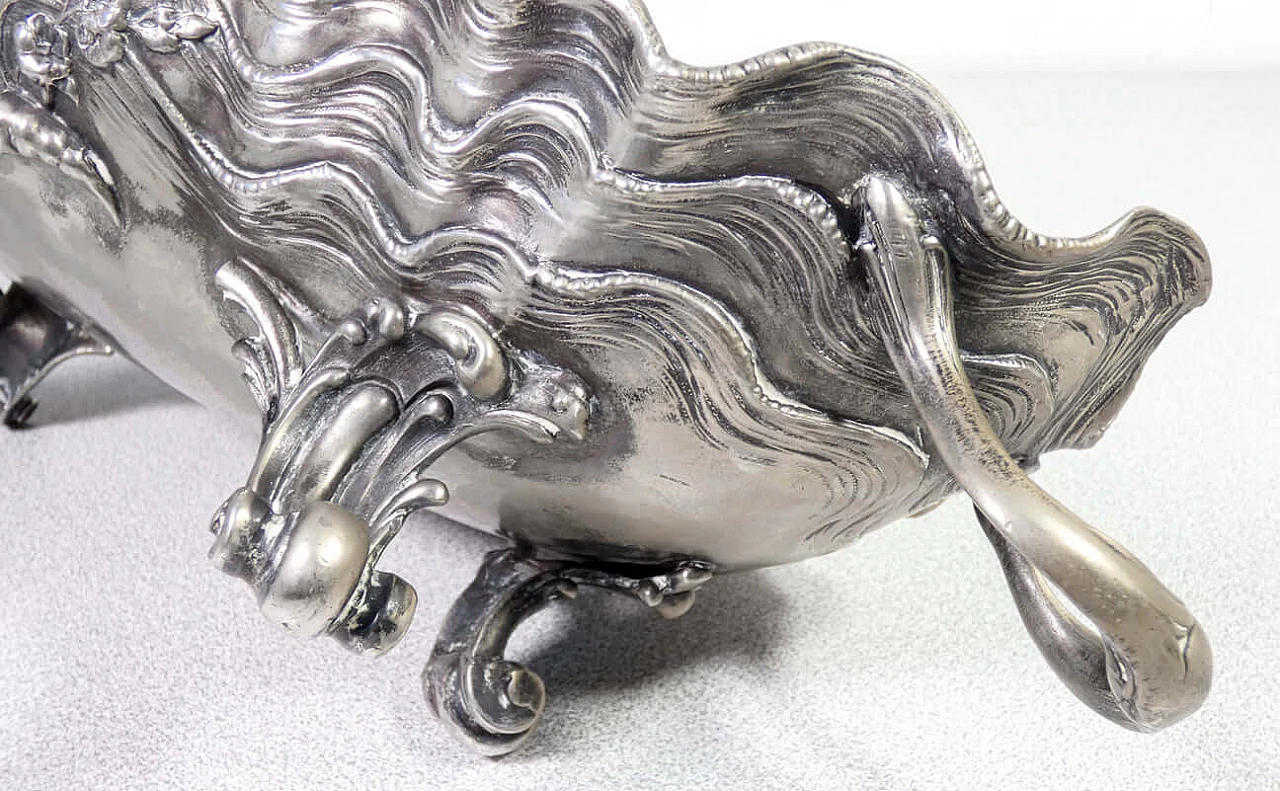
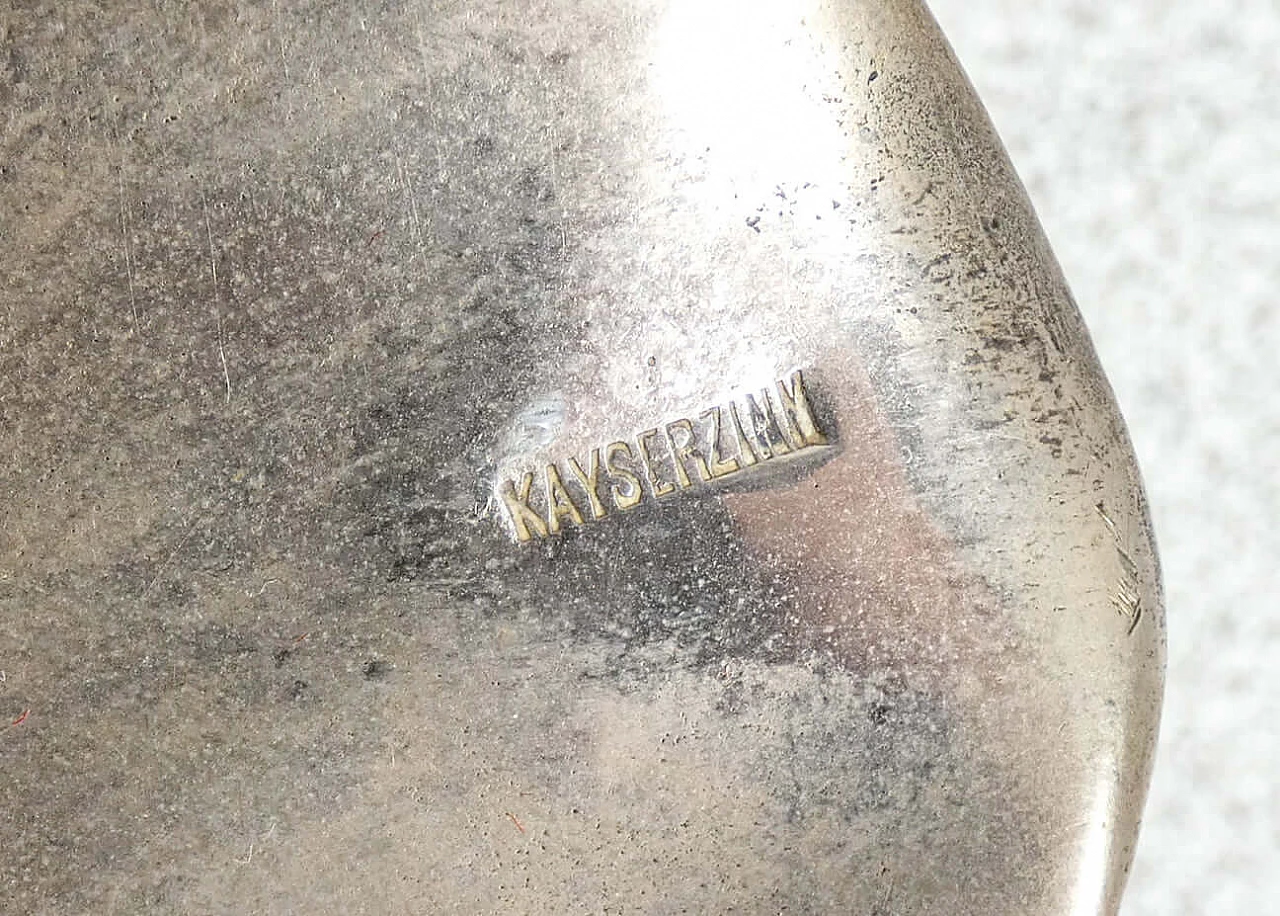
 SILVER Seller in Torino, Italia
SILVER Seller in Torino, Italia






.png)



